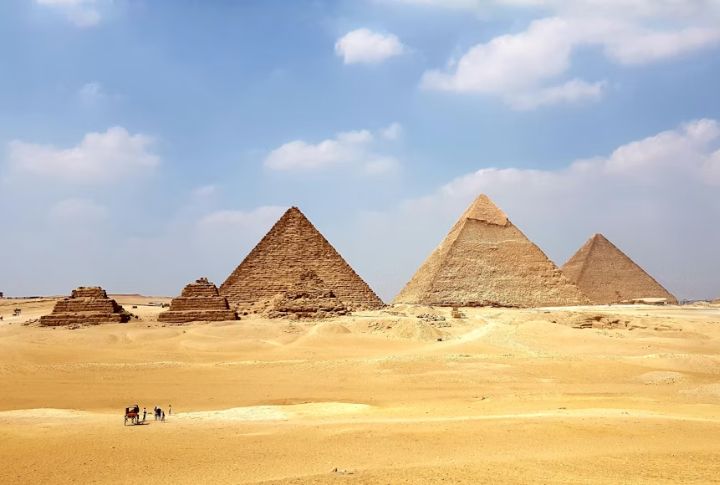
You may know the pyramids of Egypt as the final resting place for the rich, but for the pharaohs who built them, the pyramid was also a symbol of unmatched authority. Just imagine turning a vision into 2.3 million limestone blocks stacked on top of each other more than four thousand years ago without machines. Keep reading to find out how these wonders were brought to life.
The Origins
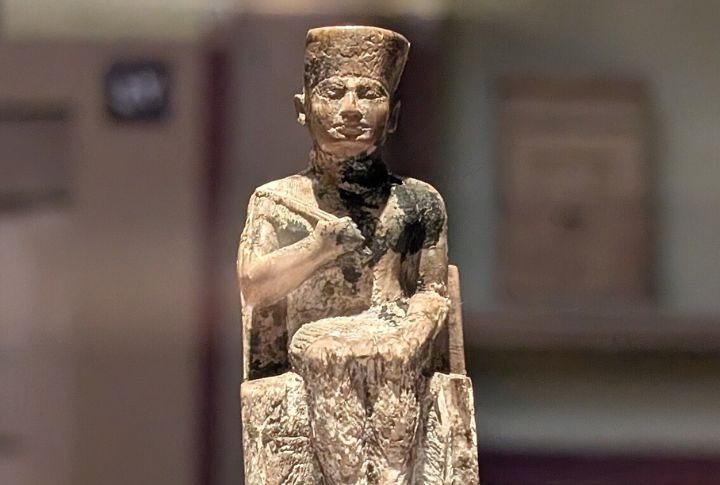
When Pharaoh Khufu entrusted his ambitious vision to his nephew Hemiunu around 2547 BC, he placed the project in trusted hands. Hemiunu came from a family deeply aware of the tomb’s spiritual weight. It is said that together, they designed the Great Pyramid as a link between earthly rule and divine ascension.
Planning And Design
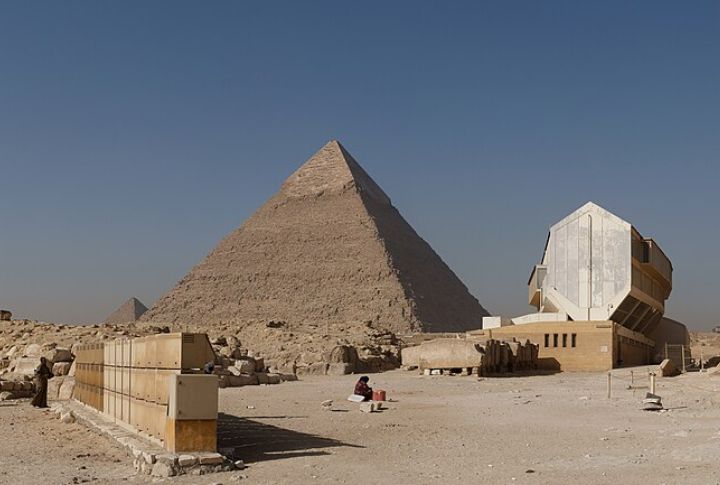
How did ancient Egyptians achieve such precise pyramid alignment with the cardinal points? Builders devised ways to keep foundations stable, layering massive blocks in courses that locked tightly together. They employed top-down construction strategies. Every stage of building it was carefully planned to manage weight and access.
Workforce Organization
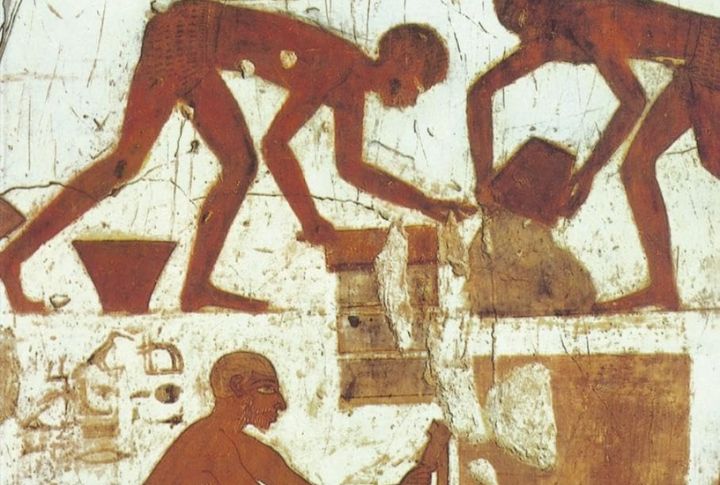
From the “Friends of Khufu” to the irreverently named “Drunkards of Menkaure,” tight-knit work gangs carved their marks into Giza’s massive stone blocks. These teams lived in dedicated worker villages that supported their daily needs. Skilled masons and seasonal crews formed a labor force far smaller than Herodotus once claimed.
Quarrying The Stone
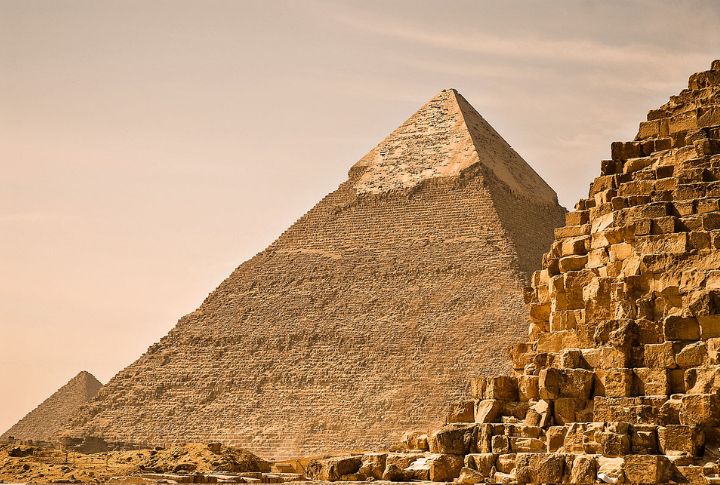
The pyramids drew their strength from carefully chosen quarries. Local Giza bedrock supplied massive blocks for the foundations, cut directly from the plateau. Tura limestone, ferried across the Nile, provided the smooth outer surface. For burial chambers, Aswan granite was hauled hundreds of kilometers, prized for its durability.
Transporting Heavy Blocks
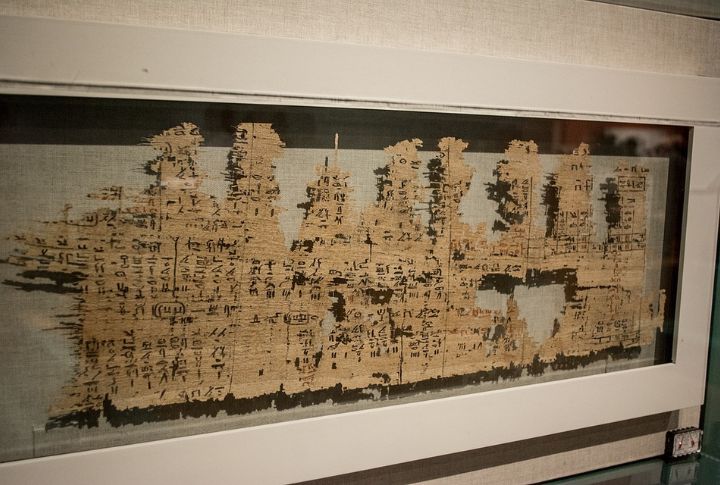
Three independent lines of evidence reveal how ancient Egyptians moved massive pyramid blocks horizontally. Wadi el-Jarf papyri, tomb art showing sledges on dampened ground, and wooden sled remains all point to the same technique. Modern experiments confirm that moistening sand reduces friction to make transport far more efficient.
Ramps And Engineering Theories
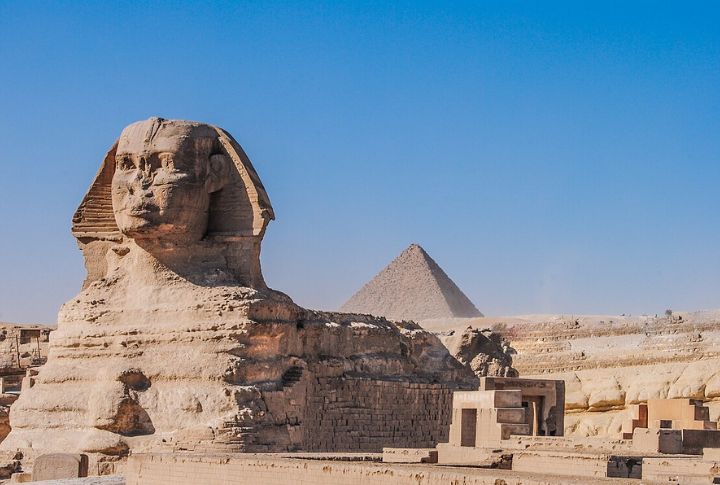
The challenge was not just moving blocks, but raising them to higher levels as the pyramid grew. Engineers today model straight, zigzagging, and spiral ramp systems, while archaeology reveals actual ramp remains near the Sphinx and at Karnak. These finds prove ramps existed, though their precise design remains debated.
Tools Of The Builders

The contrast between soft limestone and tough granite required different techniques from ancient Egyptian builders. Archaeological evidence shows copper chisels, drills, and saws shaped the softer stone, while granite was cut using copper tools paired with abrasive sand. All of these advanced methods have been confirmed using sled fragments and gypsum mortar.
Logistics And Food Supply

Specialized administrators managed the immense logistics behind pyramid construction, channeling provisions through a network of worker villages. You can find the supply records in the Wadi el-Jarf papyri, revealing how these permanent settlements supported the labor force with a state-run system that produced and distributed daily rations.
Mathematical And Astronomical Knowledge
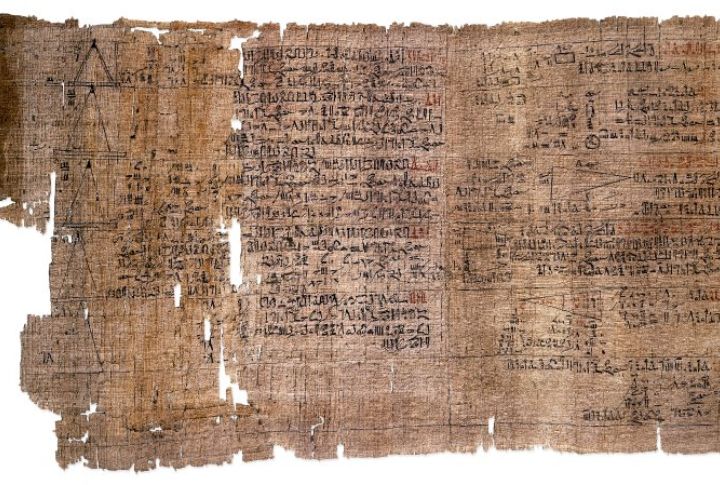
The challenge of building perfectly aligned pyramids raised a central question: how to achieve exact orientation and scale. Egyptians solved it through astronomy, carefully aligning monuments with the cardinal points. Their mathematical skill, recorded in the Rhind Papyrus, allowed precise calculations of slopes and volumes.
Religious And Cultural Motivation
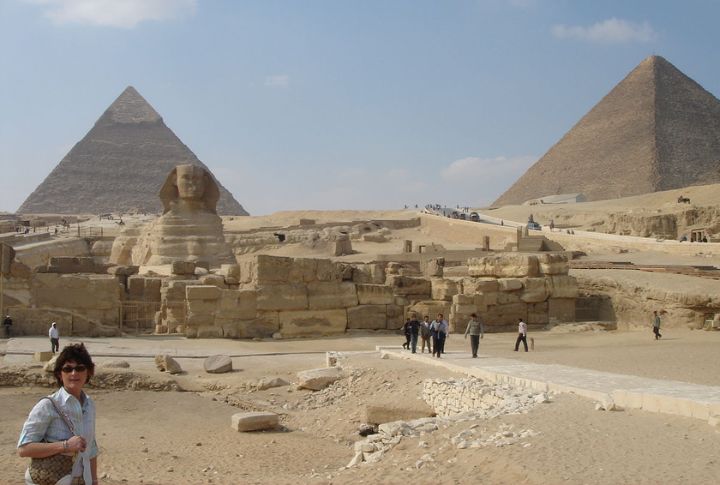
Archaeologists have found little evidence of elaborate consecration rituals. However, the Great Pyramid’s spiritual and funerary meaning emerges through its design. Its angular form echoed the rays of Ra, and its gleaming limestone casing created a radiant pathway for the pharaoh’s journey to the afterlife.

